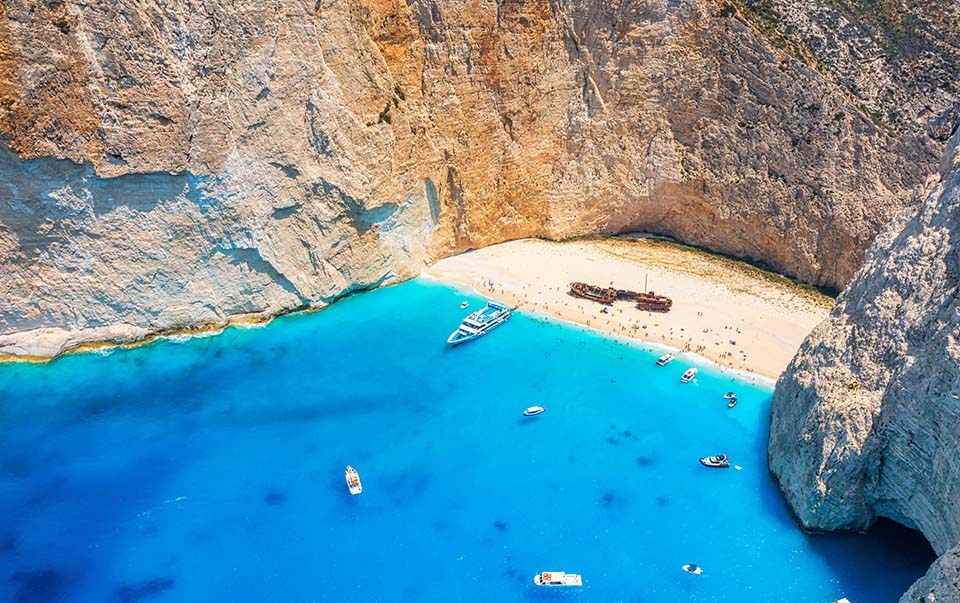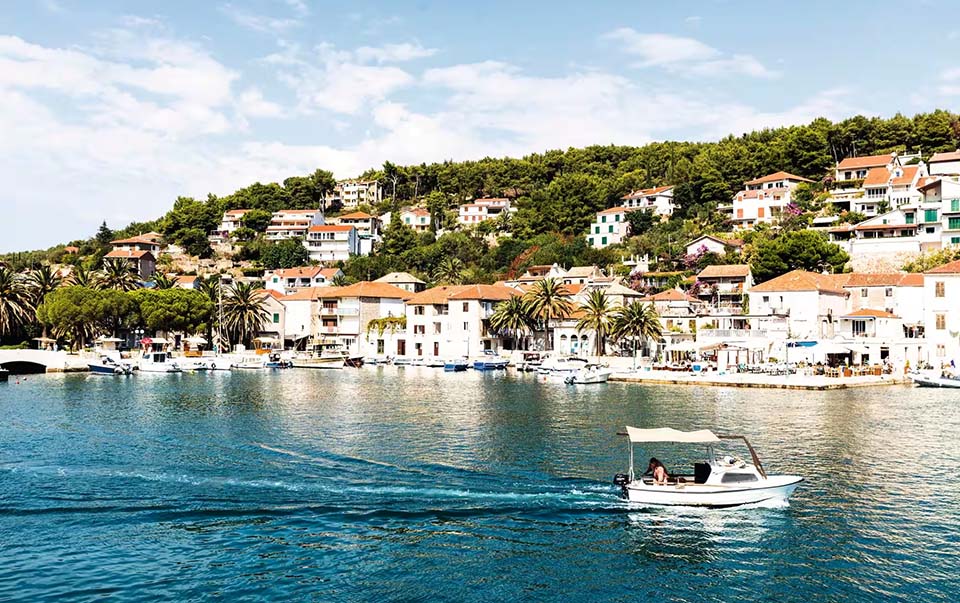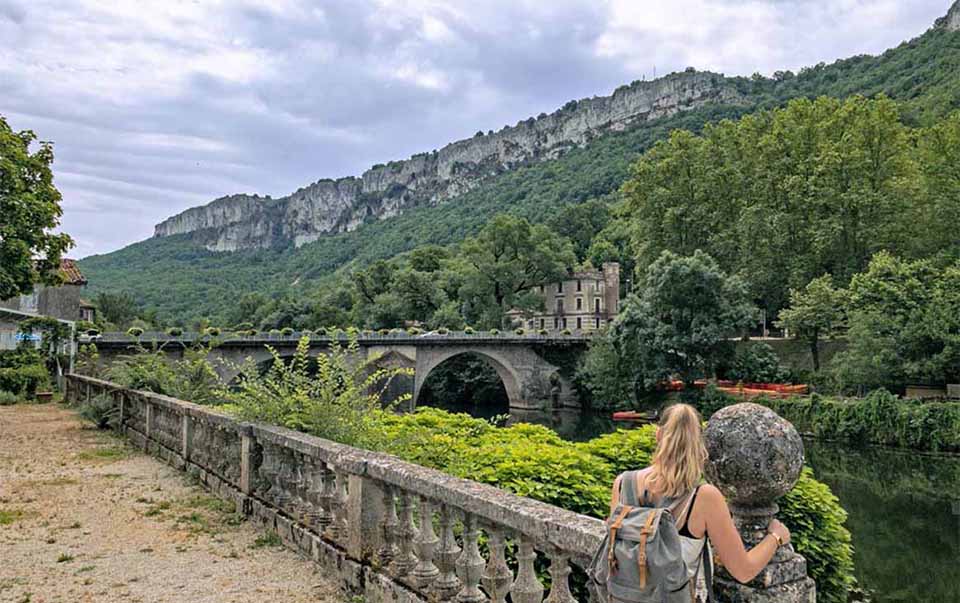
Arriving in Montauban feels like walking into a painting where every brushstroke is dipped in the soft glow of southern France. The terracotta rooftops, the languid curves of the Tarn River, and the slow rhythm of life are enough to make you want to put your phone away and listen to the wind brushing through the plane trees. But what I hadn’t expected was how richly laced this area is with trails—paths that don’t just take you through landscapes, but into the very fabric of Occitanie’s rural soul.
I didn’t come to Montauban looking for hikes. They found me.
My first day here was meant to be quiet, just a casual stroll by the river after a long train ride from Toulouse. I ended up walking almost 15 kilometers that day. The way the roads thinned into dirt paths, how the city gradually melted into chestnut woods and limestone ridges—it was like following a story that kept unfolding. The more I walked, the more I discovered, and over the next few weeks, I explored trails that took me to abandoned chapels, vineyards glowing in late afternoon sun, cliffs that dropped suddenly into fields of wheat, and villages so small I could count the houses on one hand.
These five trails each pulled something different out of me. They’re not organized by difficulty or length, just by how they etched themselves into my memory.
1. From Montauban to Saint-Antonin-Noble-Val (GR46 section)
The GR46 trail slips past Montauban like a whisper, heading north toward Saint-Antonin-Noble-Val. I picked it up just past the Pont Vieux and headed out early with a baguette, some cheese, and a bottle of water. The beginning is gentle—fields, fences, sleepy horses—but then it begins to climb slowly, the air thickening with pine and rosemary.
There’s a part of the trail where the Tarn comes back into view, just beyond a bend marked by a crumbling stone cross. That stretch—I remember stopping, not because I was tired, but because of how still it was. No cars. No people. Just a hawk drawing circles in the blue, and the river reflecting it like a mirror.
The walk to Saint-Antonin is long—about 25 km—but the reward is that ancient village tucked into a gorge. I arrived with sore legs and dusty shoes, and I sat in the square with a cold beer under vines older than most countries. The trail touches on centuries without ever saying a word.
What stuck with me wasn’t just the landscape—it was the continuity. Stone walls from Roman times, old waymarkers with scallop shells, stories woven into the roots of trees. I stayed the night and came back by bus, but part of me didn’t want to leave that path.
2. Coteaux de Piquecos: The Vineyard Ridge Walk
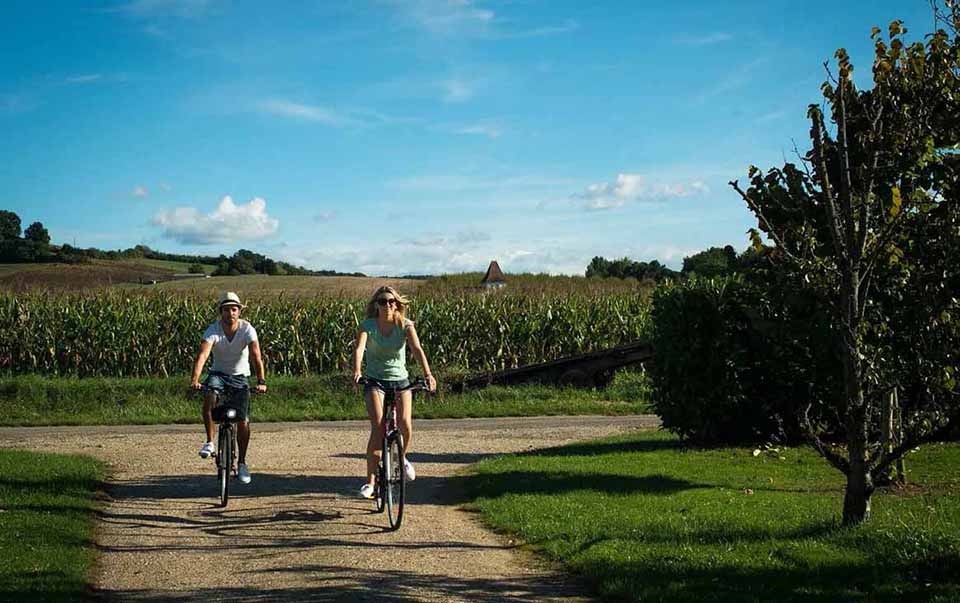
This one surprised me. I’d rented a bike to visit the little bastide town of Piquecos, but when I arrived, the trails in the hills behind the village caught my eye. I locked the bike by a stone well and started up a path lined with fig trees and red earth. It turned out to be one of the region’s lesser-known ridge walks.
It’s not marked as a major trail, but locals know it well. The climb is moderate—about 300 meters total elevation gain—and it leads to ridges where old vineyards stretch out in grids that catch the late sun. It smelled like wild thyme and dry leaves. I stopped often just to take it all in.
There’s a viewpoint near the ruins of an old watchtower where you can see Montauban to the south and the Gorges de l’Aveyron to the north. I found a little wooden bench and just sat there for an hour. Below, a farmer was burning vine trimmings, and the smoke drifted lazily, smelling of pepper and history.
This trail isn’t long—maybe 9 kilometers—but it feels meditative. The vineyards are mostly private, but the paths weave respectfully between them. I passed no one. When I came back into Piquecos, it was as if I’d emerged from a dream.
3. Montech Canal and Forest Loop
For something gentler but no less rewarding, the walk along the Canal de Montech is a perfect change of pace. I started in Montauban itself, picking up the canal towpath just behind the train station. This canal, shaded by towering plane trees, flows in a wide, slow ribbon toward the Garonne.
The walk to Montech is flat and quiet—about 12 km one way—but I made it into a loop by cutting through the forest trails on the way back. Montech itself has a fascinating “water slope,” an old mechanical boat-lift that’s now a museum piece. I ate lunch by the canal—goat cheese tart and an apricot I picked up at the Sunday market—and headed into the woods.
The forest trails are not part of any major route, but they’re maintained well. Pines, oaks, and chestnuts dominate, and I startled a family of wild boars just before rejoining the canal. That gave me a small adrenaline jolt—enough to power me the rest of the way.
It’s a walk I would do again in a heartbeat. The mix of engineered calm from the canal and the untamed forest made for a balance I didn’t expect. It reminded me how even flat ground can take you deep into something wild.
4. The Heritage Loop of Bruniquel
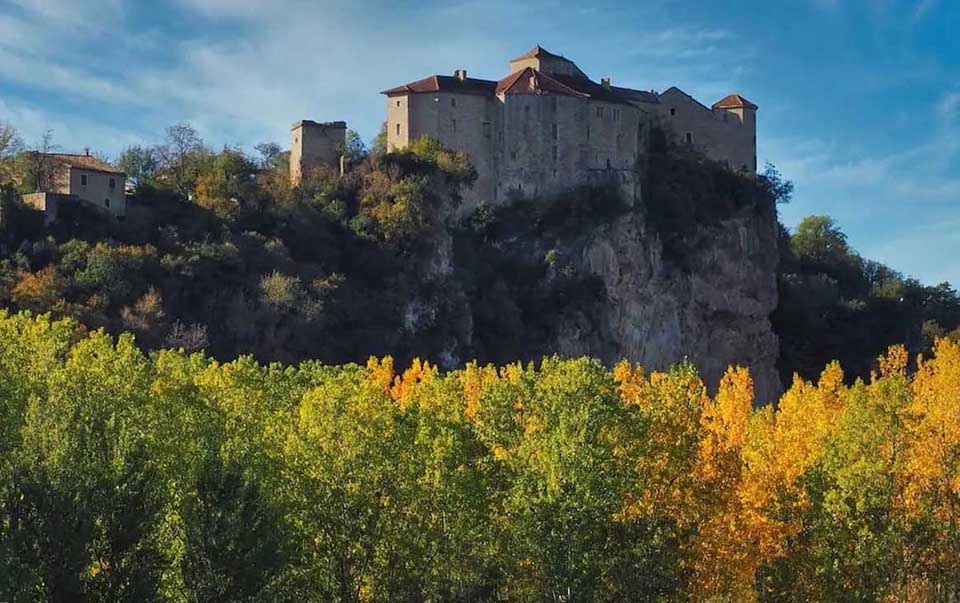
Bruniquel sits on the edge of a cliff, like a castle guarding memory itself. I came here on a whim after hearing about its medieval film set past and ancient cave systems. What I didn’t expect was how rich its hiking routes were.
The “Boucle Patrimoine,” or Heritage Loop, is a circular walk of about 14 km that leaves from the village center. It descends into the valley before climbing back around the limestone ridges, passing through chestnut groves and limestone outcrops.
What made this hike unforgettable was the changing light. I started late—around 3 pm in late spring—and by the time I was climbing the final stretch back toward Bruniquel, the sky had turned golden and the cliffs themselves seemed to burn. There’s a chapel halfway through the route, so small it doesn’t show on most maps, built into the rock itself. I lit a candle there.
Every part of the walk seemed tuned to silence. Even the birds were measured in their song. I stopped and ran my hands along the ancient stones and let the past speak. When I returned to the village, a band was playing in the main square, and I watched the sun go down behind the tower.
It’s a loop that makes a full story arc—you leave, you lose yourself, and you return.
5. The Tarn Cliffs via Lamothe-Capdeville
This trail starts in Lamothe-Capdeville, a short bus ride from Montauban. It’s not a formal hiking route, but I found it on a local trail map and pieced it together with some advice from a baker who told me to follow the cliffs.
The route rises quickly out of the village and follows the line of chalky cliffs that overlook the Tarn. It’s rugged, and in places I had to scramble a bit—not dangerous, but enough to make me focus. The reward is uninterrupted views and a wildness that feels untouched.
There are places where the path narrows to a goat trail and others where you can sit on a ledge and watch the river spiral below. I saw herons and deer that morning, and picked up a fossilized seashell embedded in a rock. There’s a section where you pass through abandoned terraced gardens—rows of stone walls long since overtaken by shrubs and vines.
At the top, there’s a flat stretch where lavender grows in the wild. I followed it for another hour before looping back down into the valley and returning to the village by a shaded path lined with apple trees.
Back in Lamothe, I ordered a coffee and sat on a bench by the river. I took off my boots and soaked my feet in the cool current. A fisherman gave me a nod. Neither of us said anything.
